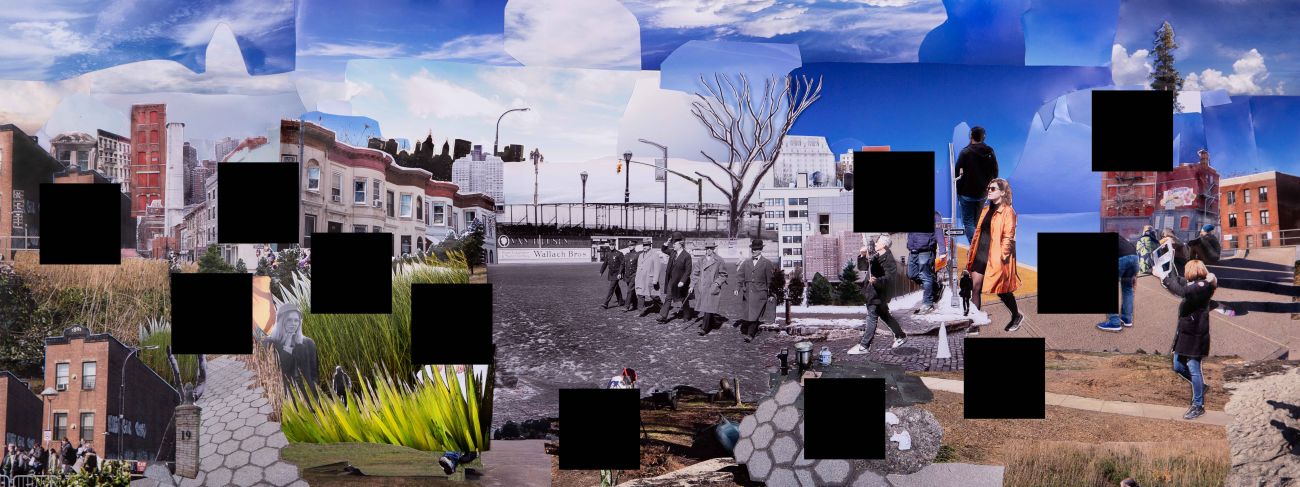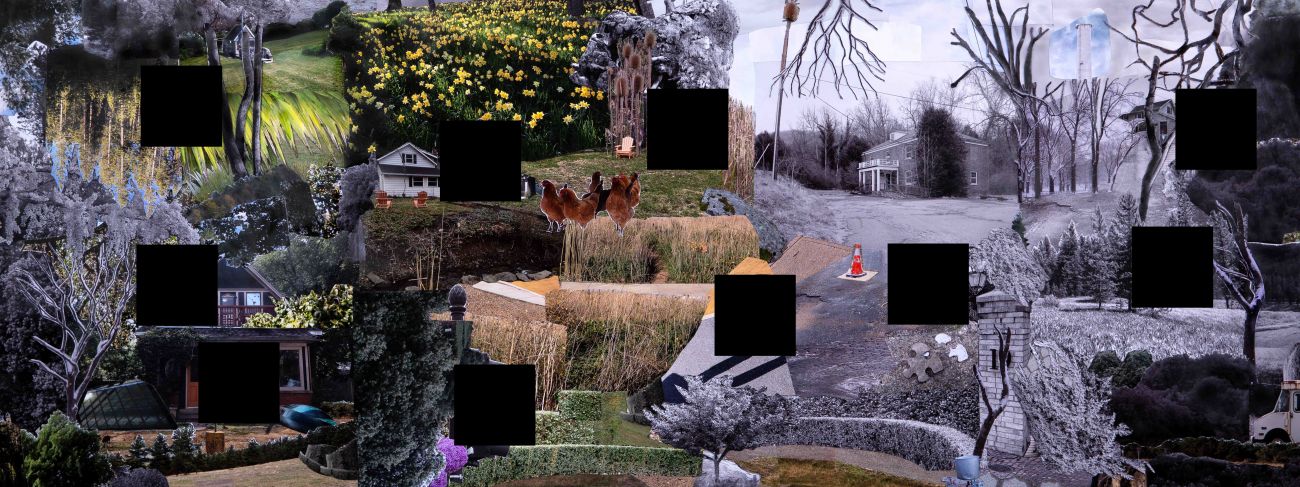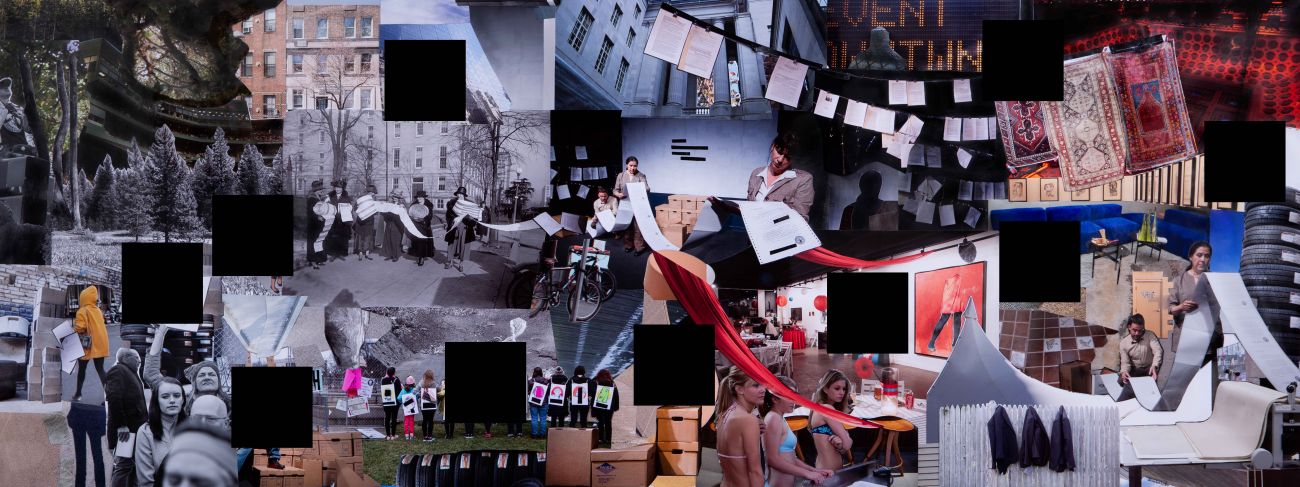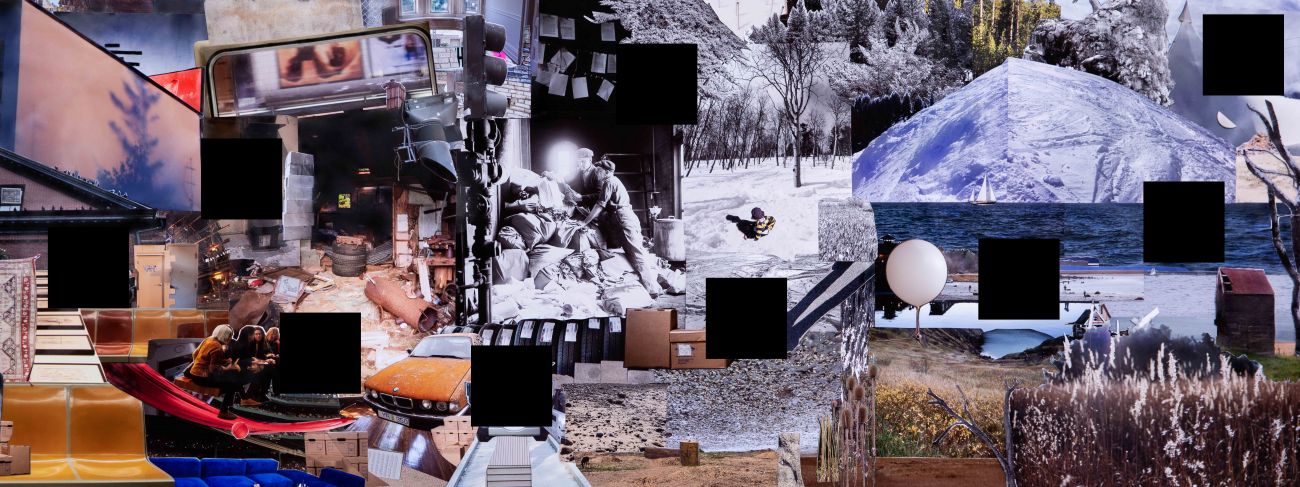- 2-D animation
- 3-D animation
- Abstract
- Abstract Painting
- Alt. process photography
- Animation
- Architect
- Archivist
- Art History
- Arts Writer
- BFA
- Blacksmith
- Book arts
- Book Illustration
- Branding
- Calligraphy
- Caricature
- Carpentry
- Ceramic
- Collaborative/collective
- Collage
- Color Photography
- Comics
- Commercial Photography
- Commission
- Community art
- Concept Art
- Conceptual
- Construction
- Copy photography
- Curator
- Development
- Digital 3-D modeling
- Digital Fabrication
- Digital Media
- Digital Photography
- Documentary
- Eco-Art
- Editor
- Editorial photography
- Engraving
- Etching
- Event photography
- Fab Lab
- Fashion
- Feminist
- Fiber
- Fiber Art
- Figure
- Film
- Film Photography
- Freelance
- Furniture Design
- Gallerist
- Game developer
- Garments
- Gender
- Goldsmith
- Graphic design
- Health and medical
- Home furnishing
- Identity Design
- Illustration
- Installation
- Interactive
- Interior Design
- Interior Painting
- Jewelry
- Kinetic
- Landscape
- Landscape Architect
- Lettering
- Letterpress
- Logo Design
- Master Printer
- Mechanical drawing
- Metal Fabrication
- Metalsmithing
- MFA
- Miniature
- Model
- Model maker
- Monotype
- Mural
- Mural Artist
- Music
- Packaging Design
- Painting
- Performance art
- Photography
- Porcelain
- Portrait
- Portraiture
- Preparator/ Art Handler
- Printmaking
- Product Design
- Public Art
- Public Engagement
- Representational
- Restoration
- Robotics
- Screenprinting
- Sculptor
- Sculpture
- Sign painter
- Social media
- Social Practice
- Soft Sculpture
- Stone
- Stop Motion Animation
- Street Art
- Surface Design
- Teaching artist
- Textile
- UI Design
- Video
- Visual Identity
- Web Design
- Wedding photography
- Window display
- Woodcut
- Woodworking
- Writer
Edit
Connect me with Alyssa Laurel Ringler

New York City Mayor James J. Hylan and Judge Kennesaw Landis, Commissioner of Baseball @1923edited, Alyssa Laurel Ringler, 48”x18”, Giclée print + Instagram, 1923+2019

Blue Ridge Sanatorium, Building No. 1923, East side of State Route 20, .25 mile south of I-64, Charlottesville, Independent City, VA @1923edited, Alyssa Laurel Ringler, 48”x18”, Giclée print + Instagram, 1923+2019

Minnesota League of Women Voters @1923edited, Alyssa Laurel Ringler, 48”x18”, Giclée print + Instagram, 1923+2019

Newbery Vote, 1/21/23 @1923edited, Alyssa Laurel Ringler, 48”x18”, Giclée print + Instagram, 1923+2019
Description
Edit challenges the viewer to consider how they encounter contemporary imagery through a series of physical prints accompanied by an Instagram feed. At 12:00am on January 1, 2019 the copyright of an enormous trove of material from 1923 including books, music and photographs expired. Historical artifacts are an edit of history -because all photography is subjective- but the absolute truth of documentary artifacts is rarely questioned. In Edit, each Library of Congress image is given a contemporary context by being incorporated into a larger scene full of current photographs taken by the artist, providing the artifact a situational position in the current moment. The collage uses physical techniques such as cutting and splicing and leverages changes in scale to emphasize the tension between the old and new. A rejection of clean lines and precise Photoshopping enables the viewer to consider the act of the edit. Portions of the collage are redacted by black squares suggesting that there is more to the work than currently revealed. The viewer can search for the missing components with the Instagram handle @1923edited to find the redacted squares and "complete the piece."

